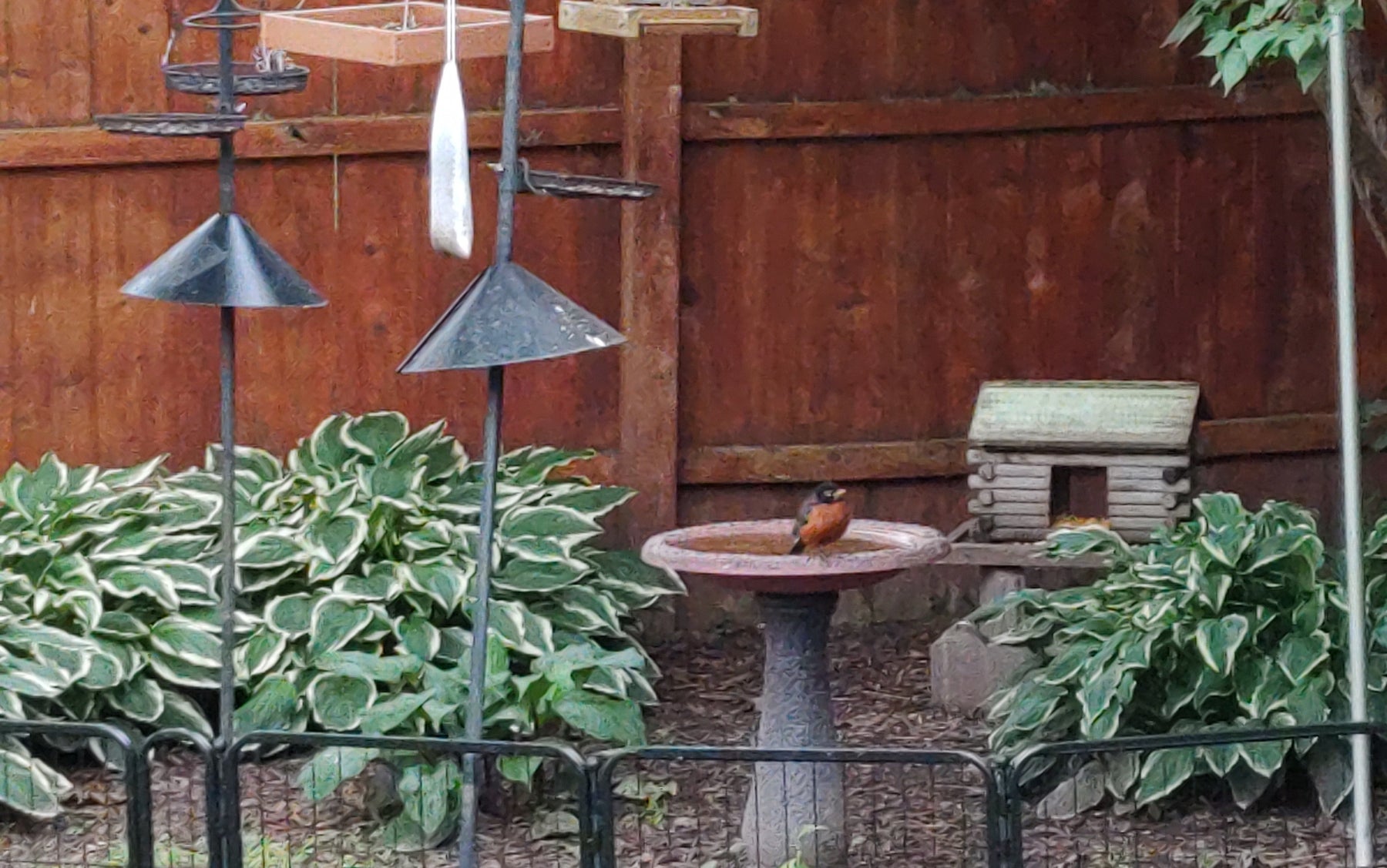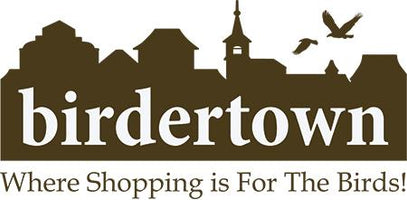
How to Attract Robins to Your Backyard: Feeders, Water Features & Landscaping Tips for Every Season
Robins in the Backyard: Welcoming Spring’s Red-Breasted Icon Across America
Across backyards from Oregon to the Carolinas, from Minnesota to New Mexico, one cheerful chirp signals the return of warmer days: the song of the American Robin. These red-breasted thrushes are among the most recognizable birds in North America—not only because of their distinctive coloration and upright stance, but also because they’re deeply woven into the rhythms of everyday life. Whether you’re a seasoned birder or just beginning to tune into the fluttering life around your yard, robins offer the perfect starting point for observation, appreciation, and connection.
Not Just a Lawn Bird
Robins often get pigeonholed—pun intended—as simple worm-chasers on suburban lawns. While it’s true they spend much of their time hopping across open ground, tugging at wriggling meals, their habits are surprisingly complex. During breeding season, males stake out large territories and belt out rich songs from treetops or rooflines. In fall and winter, robins form loose nomadic flocks that roam widely in search of berries, often bypassing backyards that lack suitable fruiting plants.
Will Robins Use Bird Feeders?
They’ll use them—but differently. Robins aren’t big fans of traditional seed mixes and tube feeders. Instead, they gravitate toward feeders that offer the soft, juicy foods they love:
- Mealworms (fresh or dried)
- Chopped fruits such as grapes, apples, or raisins
- Suet blends that include fruit and insects
To deliver these goodies, try open platform feeders, fly-through styles, or even low-to-the-ground trays.
Water: The True Magnet
Want to double your chances of drawing robins in? Offer water—clean, shallow, and preferably moving. Robins absolutely love to bathe, especially in the heat of summer.
- Fiber or ceramic bird baths with textured surfaces help them grip while splashing
- Solar-powered bubblers or drippers add motion and prevent mosquito buildup
- Elevated options such as the Standing Pedestal Bird Bath help keep predators at bay while staying attractive to birds
For cold climates, a heated bird bath can make a dramatic difference during late spring snows or early fall frosts.
Landscaping for Long-Term Robin Hospitality
While feeders are nice, your best bet for year-round robin appeal is to mimic what nature does best:
- Plant native berry-producing trees and shrubs: Serviceberry, dogwood, hawthorn, and sumac provide fall and winter nutrition
- Let part of your garden stay wild: Moist soil and decaying leaves are perfect for foraging
- Skip the pesticides: Robins rely heavily on insects and worms, especially when feeding young
Complement your landscaping with covered mealworm feeder domes, which protect food from rain while offering excellent visibility.
Seasonal Tips for All Regions
- In Northern states, robins often vanish mid-winter—but a few will overwinter near open water or reliable food sources
- In Southern and coastal areas, robins may stay put all year long or arrive from the north in large flocks, creating spectacular sightings
- During migration, you can often hear flocks at dawn and dusk, especially in early spring and late fall
Try logging your first robin sighting of the season—it’s a long-standing tradition in many communities.
Final Thought: American Robins aren’t just signs of spring—they’re adaptable, resilient, and full of personality. By creating spaces that reflect their needs—from water and fruit to safe nesting and foraging—you invite more than just a bird; you welcome a reliable rhythm to your backyard ecosystem.
